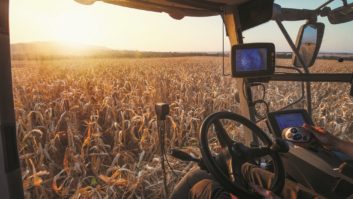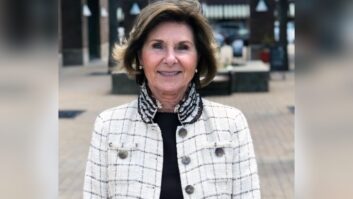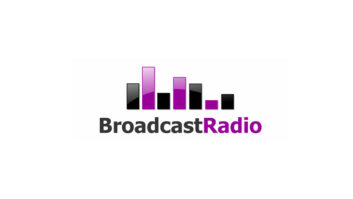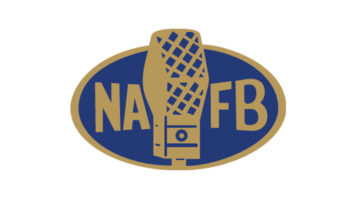
The National Association of Farm Broadcasters held its annual convention earlier this month. Radio World’s Emily Reigart spoke with NAFB Executive Director Tom Brand to find out what’s on the mind of farm broadcasters.
Radio World: What was this year’s convention theme?
Tom Brand: We were under the theme, ‘Our Rich Heritage, a Bridge to the Future,’ so we did a little reflection, and also some looking ahead.Agriculture today is as relevant as it has ever been, and producers can rely on radio as a great way to connect with consumers.
RW: What was one of the convention’s biggest events?
Brand: Trade Talk is an interview opportunity fair for our broadcasters to go around and visit with folks that are involved in ag business and with ag organizations, some commodity groups and folks that again are trying to reach a target audience of farmers and ranchers and in some cases consumers; all at the same time. It’s really a large newsmaker event. We had over a hundred participants, and Trade Talk continues to be sort of the cornerstone of our whole convention.
RW: Were there any sessions that reflected industry trends?
Brand: The professional improvement sessions included Ryan Dohrn from Brain Swell Media. He did two different sessions for us, one about how to teach an old sales dog new radio tricks, and the other one was about 10 new trends with the Web that you need to be aware of.
RW: Why did you choose to focus on that this year?
Brand: The strength of farm broadcasting is the fact that we have a direct connection with listeners that many other areas of broadcast may not have a strong connection with. Even with that connection, our members want to connect in as many ways as possible. That’s why I think that the sessions about Internet, about ways to reach out beyond the signal, were so important to our members.
RW: What have you observed that farmers and broadcasters have in common?
Brand: I have a farming background prior to becoming a farm broadcaster, prior to coming to the association side of things, and the one common thread that I’ve noticed with both agriculture and with broadcasting, is that when it comes to new technology, farmers and broadcasters are on the cutting edge.
RW: Your sessions focused a lot on new technology. How is the farm broadcasting segment of the industry changing?
Brand: We had third-party research that was done last year, surveyed over 1,500 producers across the country, and we broke it down into some different age demographics once we had all the results in. The perception I think out there is that radio, and to some extent even television, when it comes to ways of being able to reach people through different delivery mechanisms is for an older audience, that the younger audience isn’t as in-tune.
But what we’ve found with third-party research is, the younger audience is probably statistically more loyal than the oldest audience is, and what it amounts to is they’re information junkies. They want to know as much as they can. They rely on radio a lot, more so than their fathers and grandfathers do. But they also want some extra information, so, yes, they’ll go to the Internet and do some more digging around for information, a lot of folks would. But the core for them is that they like radio. They like the instantaneous message that they’re getting, and a lot of that goes back to the connection that the broadcaster has to the agriculture community. It’s a trusted source, there’s a relationship that’s developed.
RW: What do you see as the future for NAFB?
Brand: From the association’s side of things, we continue to see growth in all of our membership categories. Consolidation of agriculture in the ’90s definitely cut into us, as far as the numbers go, but we’re actually starting [to get] the numbers that we had back then.










